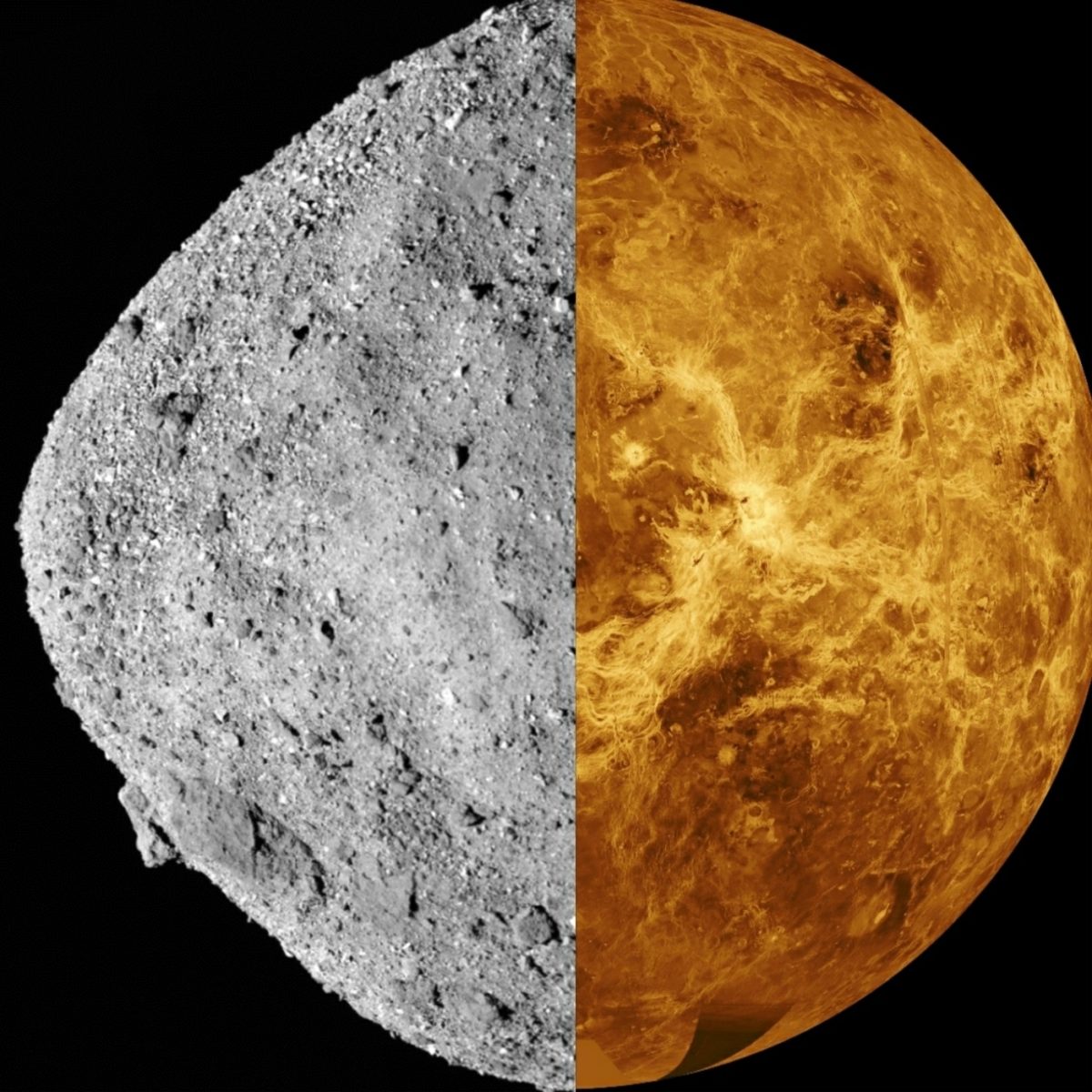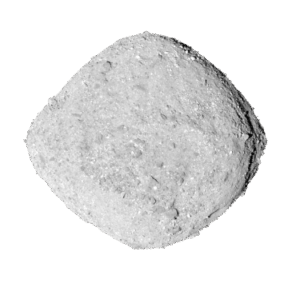The Downlink • Oct 23, 2020
Sample acquired! And: is your name in space?
Space Snapshot

This week NASA’s OSIRIS-REx spacecraft successfully collected a sample from asteroid Bennu. Preliminary data showed that everything went according to plan. OSIRIS-REx will next take images of the sample and weigh it by spinning the spacecraft. The probe is scheduled to depart Bennu next year and return the sample to Earth in September 2023. Pictured: OSIRIS-REx snapped this image of rocks scattering after its sample collection arm, TAGSAM (Touch-And-Go Sample Acquisition Mechanism), touched the surface to collect a sample on 20 October. Watch the full video here. Image credit: NASA/Goddard/University of Arizona
You love space, now take action
This weekly newsletter is your toolkit to learn more about space, share information with your friends and family, and take direct action to support exploration. Anyone can subscribe at planetary.org/connect to receive it as a weekly email.
Mission Briefings


Pluto’s mountains have ice caps just like Earth’s, but the process that forms the caps works in reverse. On Earth, warm, water-rich air blows up the faces of mountains and condenses on their cooler peaks. But according to data collected by NASA’s New Horizons spacecraft, on Pluto the peaks are warmer than the surface due to the planet’s tenuous upper atmosphere. Scientists think methane-rich gases collect in the upper atmosphere and then condense on mountain peaks. Pictured: Pluto as seen from data taken by New Horizons’ flyby in 2015 of the dwarf planet, with a close-up view of the methane-ice-capped Pigafetta Montes mountain range. Image credit: NASA et al.

NASA’s InSight Mars spacecraft will use its robotic scoop to scrape more soil on top of the heat-flow probe known as the mole, which is finally buried beneath the surface. The process will take months, but it’s necessary to make sure the mole has enough friction to dig itself even deeper. Learn more about InSight here.

Astronauts Chris Cassidy, Anatoly Ivanishin, and Ivan Vagner returned to Earth from the International Space Station in a Russian Soyuz capsule Wednesday. That leaves the station with 3 crewmembers, who will be joined by 4 new astronauts who will arrive aboard SpaceX’s Crew Dragon vehicle in November.

The air leak inside the International Space Station’s Zvezda module has been temporarily sealed. Engineers from NASA and the Russian space agency Roscosmos spent considerable time finding the leak with help from station crewmembers. Russian engineers are now working on a more permanent fix.
From The Planetary Society


It’s an exciting time for space exploration, and Planetary Radio is your one-stop-shop for all the inside scoops. This week’s episode brings you special coverage of the OSIRIS-REx spacecraft’s successful collection of a sample from asteroid Bennu. Then we talk with Jane Greaves, leader of the team that found evidence of phosphine gas (a possible byproduct of life) in the atmosphere of Venus. Pictured: A collage of Bennu on the left (credit: NASA) and Venus on the right (credit: Mattias Malmer/NASA JPL).

What are the next steps in humanity’s exploration of Mars? Find out in a free Scientific American webinar on the future of Mars exploration on Thursday, October 29, 2020, from 3:00-4:30 p.m. ET. Casey Dreier, senior space policy adviser for The Planetary Society, and space & physics editor Lee Billings will discuss NASA’s upcoming Perseverance rover mission, the “post-Perseverance” future in which space agencies and private companies may pursue major shifts in Mars exploration strategies, and how those plans could forever change our understanding of—and relationship with—the Red Planet.

Planetary Society CEO Bill Nye is future-minded. CNN’s ‘Saved by the Future’ program featured Nye this week, speaking about The Planetary Society’s LightSail 2 spacecraft and the potential for solar sailing to carry us to other planets and beyond.

This holiday season, what out-of-this-world gifts are you shopping for? Every year The Planetary Society puts together a gift guide for people who love space. This year, we want to hear from you! Send us your great gift ideas for space enthusiasts by filling out this quick online form. And stay tuned for the final gift guide, which will be coming to planetary.org in November.
What's Up

Jupiter and Saturn are still shining in the western evening sky, with Mars shining bright and reddish in the east. Early risers can still spot Venus in the pre-dawn sky. Learn more at planetary.org/night-sky.
Space for Your Face

The Planetary Society has partnered with Airband™ to keep you safe in style while helping to raise funds to advance space science and exploration with special Planetary Society face masks and gaiters. Airband will contribute 10% of the proceeds from this collection to benefit The Planetary Society’s Planetary Fund. Note: this product is available for shipping within the United States only.
Wow of the Week

The Planetary Society has helped send names, messages, images, and good wishes aboard more than a dozen spacecraft. To date, we've sent our members and supporters to the Moon, Venus, Mars, Saturn, asteroids, comets, Pluto, and out of the solar system entirely. This image shows some of the names that we sent to Bennu aboard the OSIRIS-REx spacecraft. If you participated in this program back in 2013, you can find your certificate here.
Do you have a suggestion for the Wow of the Week? We’re looking for space-related art, music, gadgets, quotes, fashion, burning questions, brief sci-fi passages, or anything else that will make our readers go “Wow!” Send us your idea by replying to any Downlink email or writing to [email protected], and please let us know if you’re a Planetary Society member.


 Explore Worlds
Explore Worlds Find Life
Find Life Defend Earth
Defend Earth


